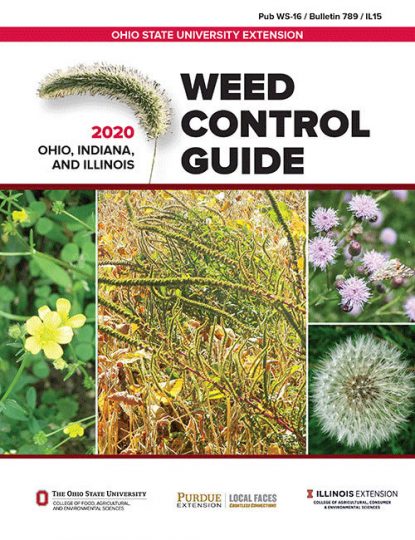Postemergence Herbicide Options to Manage Weeds in Dicamba-Resistant Soybean
The recent decision by the United States Court of Appeals for the Ninth Circuit to vacate the registrations of XtendiMax, Engenia and FeXapan has generated many questions about herbicide options to control weeds in dicamba-resistant soybean. Tavium, a premixture of dicamba and S-metoachlor, remains in the marketplace and may be applied to dicamba-resisant soybean. Keep in mind all restrictions with respect to application timing on the federal Tavium label (i.e., within 45 days of planting) and the Illinois 24 (c) label (i.e.,…






